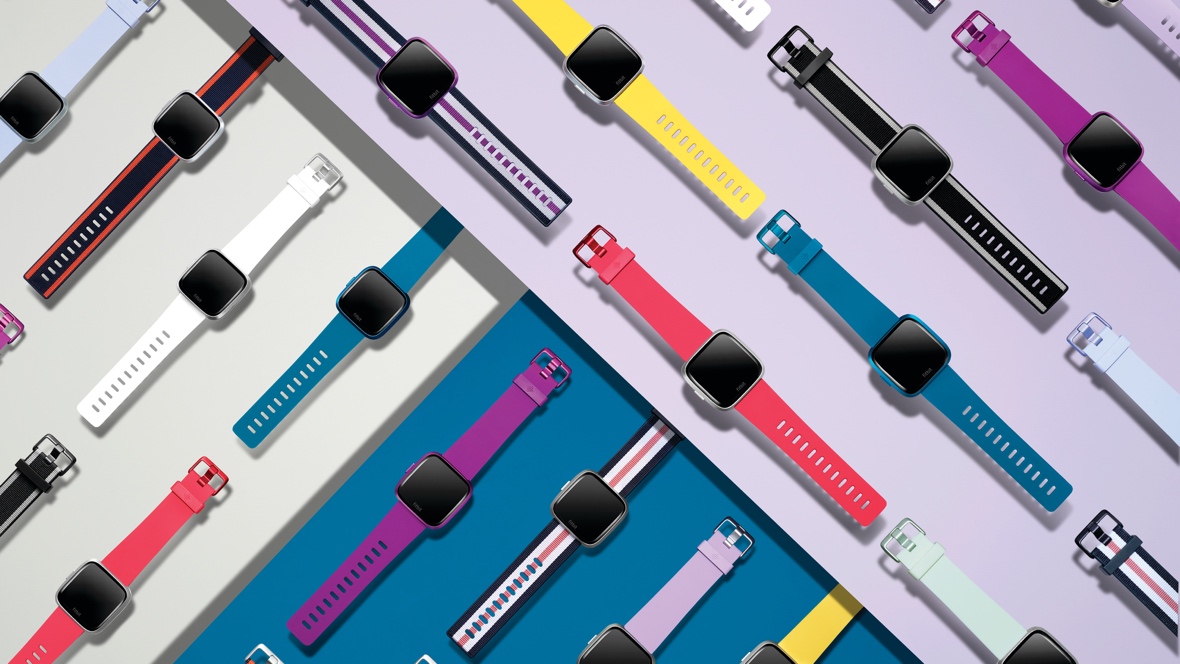Nuance Audio is a new option for people who resist traditional aids, from the company that makes Ray-Bans and operates LensCrafters.
Seekers of Meaning Podcast Posted Online March 7, 2025
What's Next Longevity Deal Talk Episode 32, January, 2025
Presentation: What's Next Longevity Venture Summit, June, 2025

 Beacon Hill Village created a concept out of need... Long ago, the topic of aging in place was born within the pioneer community of the ‘Village’ movement --
Beacon Hill Village created a concept out of need... Long ago, the topic of aging in place was born within the pioneer community of the ‘Village’ movement --  Apple gets it that its customers are aging – and have their devices. That was not always the case. Long ago, maybe as early as 2009, a query was placed to the analyst relations team at Apple to find folks to discuss Apple and technology adoption of older adults. The answer was: "Apple does not do aging." Then in 2010, on behalf of an AARP-sponsored research effort to contact a few of multiple Apple groups already involved one way or the other (Apple Health!), got no response to requests to interview execs that would have been interested based on their roles. That was then. Fast forward to 2021 and the fact that baby boomers have all the money (and many health issues, too). Note
Apple gets it that its customers are aging – and have their devices. That was not always the case. Long ago, maybe as early as 2009, a query was placed to the analyst relations team at Apple to find folks to discuss Apple and technology adoption of older adults. The answer was: "Apple does not do aging." Then in 2010, on behalf of an AARP-sponsored research effort to contact a few of multiple Apple groups already involved one way or the other (Apple Health!), got no response to requests to interview execs that would have been interested based on their roles. That was then. Fast forward to 2021 and the fact that baby boomers have all the money (and many health issues, too). Note  Technology access is a vital sign. Non-adoption is not an option. Post Covid-19 we have reached a technology dependency level that is worrisome (see
Technology access is a vital sign. Non-adoption is not an option. Post Covid-19 we have reached a technology dependency level that is worrisome (see  June was a short, but pivotal month for aging and health. Months of research with executives from 27 organizations resulted in the completion of new report, The Future of Wearables and Older Adults 2021. It was presented on a panel at
June was a short, but pivotal month for aging and health. Months of research with executives from 27 organizations resulted in the completion of new report, The Future of Wearables and Older Adults 2021. It was presented on a panel at  Wearables are new (now) to most older adults in 2021. But that will change in the coming years as broad market acceptance drives interest among the 65+ population. Adoption will grow as the price points become more affordable; and most important, as the data from wearables becomes more actionable, informative, and predictive of future change. Within five years, doctors will see the benefit in guiding older adults to their usage. Chronic disease monitoring through wearables will see the most substantial growth. And stigma-free and lower cost hearables will provide customizable sound improvements to a far broader population than current hearing aids. Check out the new report:
Wearables are new (now) to most older adults in 2021. But that will change in the coming years as broad market acceptance drives interest among the 65+ population. Adoption will grow as the price points become more affordable; and most important, as the data from wearables becomes more actionable, informative, and predictive of future change. Within five years, doctors will see the benefit in guiding older adults to their usage. Chronic disease monitoring through wearables will see the most substantial growth. And stigma-free and lower cost hearables will provide customizable sound improvements to a far broader population than current hearing aids. Check out the new report: